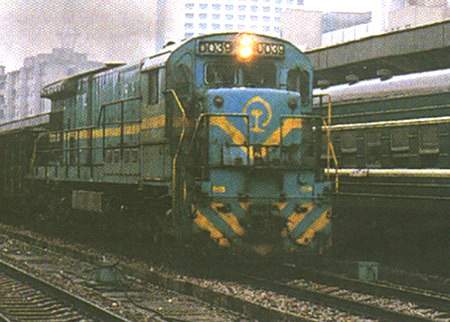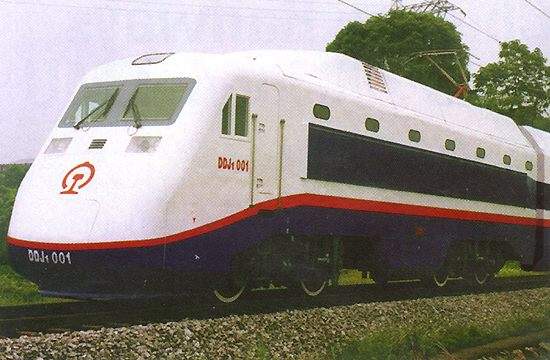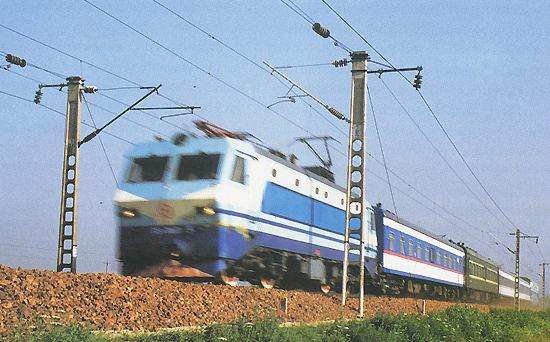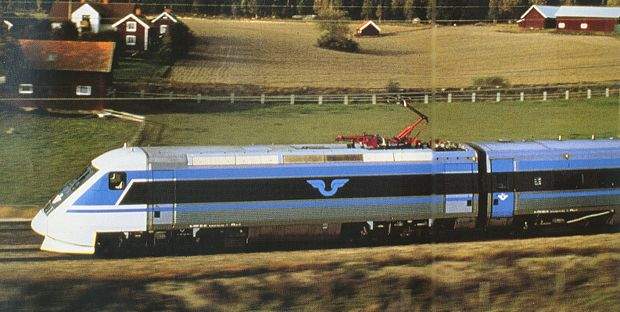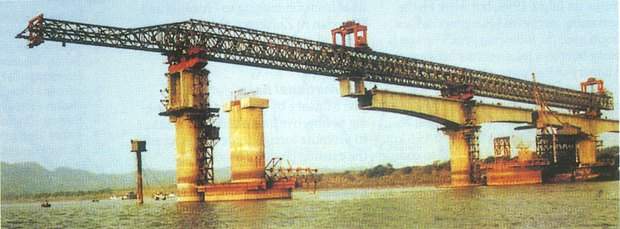The 1,318km Beijing-Shanghai high-speed line connects the cities of Beijing, Shanghai and Tianjin, travelling across the provinces of Hebei, Shandong, Anhui and Jiangsu. The line connects two of the country’s most prominent economic areas and forms the busiest railway route.
It was opened in June 2011, only 38 months after construction began.
This high-speed route runs parallel to the 1,464km Beijing-Shanghai main railway line, which is one of the most important in China. It is solely dedicated to passenger train operations.
It has been built to improve journey times and ease pressure on existing railway corridors between the two cities.
Beijing-Shanghai railway project details
The Chinese Ministry of Railways’ initial design work for the high-speed line was completed in June 1998.
Feasibility studies for the new route were finally approved in March 2006, which was welcome news as the current line is the busiest in China and increasingly becoming a bottleneck. More than a quarter of the country’s population lives close to the line, accounting for 10.2% of passenger transport and 7.2% of freight.
The high-speed line reduces journey times between Beijing and Shanghai from 14 hours to just five. An estimated 220,000 passengers use the trains each day.
Infrastructure of the 1,318km high-speed line
The Beijing-Shanghai high-speed line has 24 stations, including Tianjin, Jinan, Xuzhou, Bengbu and Nanjing.
The alignment is designed for 380km/h operation, although the initial design top speed has been set at 300km/h. The Shanghai-Nanjing section of the current main line was chosen for early rebuilding to enable testing to take place, largely because it crosses the soft terrain of the Yangtze delta, presenting the engineers with their most difficult challenge.
Two-thirds of the new route was built on embankment, with the vast majority of the remaining third being laid on bridges. The route crosses two major rivers, the Yellow and Yangtze.
Rolling stock used on China’s major Beijing-Shanghai high-speed line
Tests carried out in 1998 using a modified Shaoshan eight electric locomotive on the Beijing-Zhengzhou mainline saw the formation reach 240km/h. These laid the foundations for the development of a fixed-formation 200km/h electric multiple unit.
The prototype vehicle was completed at Zhuzhou locomotive works in 1999, for testing with six trailer cars of four different types, a driving trailer, one double-deck and two single-deck vehicles, providing a total of 438 seats.
Lightweight construction techniques allowed the weight of the power car to be kept down to 84t, the first time a 21t axleload had been achieved on a four-bogied traction unit in China.
In March 2009, China’s Ministry of Railways entered into an agreement with state-owned vehicle producer, the CNR Corporation, for the purchase of 100 high-speed China Railway High-speed (CRH) trains for CNY39.2bn. The trains are based on Siemens CRH3 technology.
By the end of 2011, the line has 92 pairs of CRH 380BL trains. Of the 92 pairs, 65 pairs of trains run at a speed of 300km/ph, while 27 run at 250km/ph. The trains have multiple engines.
CNR recalled 54 pairs of CRH 380BL trains in August 2011, three weeks after a high-speed train crash. CNR found that there was a problem in the automatic braking system. All the recalled trains were put back into service in December 2011.
Signalling and communications on the economically-important transport system
The existing Beijing-Shanghai corridor is 1,463km-long and equipped with automatic fixed-block signalling.
The prototype high-speed train is fitted with an LKJ-93 automatic train protection system, used in conjunction with line side equipment to monitor and record train speed. As the current fed to the motors can be varied seamlessly, the driver is able to maintain constant speed automatically.
A wireless fibre-optic distribution system (WFDS)-enabled unified access network system is installed on the Beijing-Shanghai high-speed railway, which helps to meet the advanced communication needs of China Mobile, China Unicom and China Telecom for wireless broadband internet access, as well as 2G and 3G wireless cellular coverage.
High-speed railway line development in China
The Ministry of Railways has contributed 78.9% of the estimated cost of CNY160bn, and the rest came from provincial and local governments.
Civil engineering work on the 1,318km railway line cost around 83.7bn yuan and was divided into six sub-contracts. In February 2008, the bidding results for civil construction works were announced. The tenders were awarded to six companies, with a total bid price of CNY83.7bn.
China Railway Construction Company took a major share of 40.3%, or CNY33.74bn, through its two subsidiaries. China Railway Group got the second-largest share of 26.2%.

